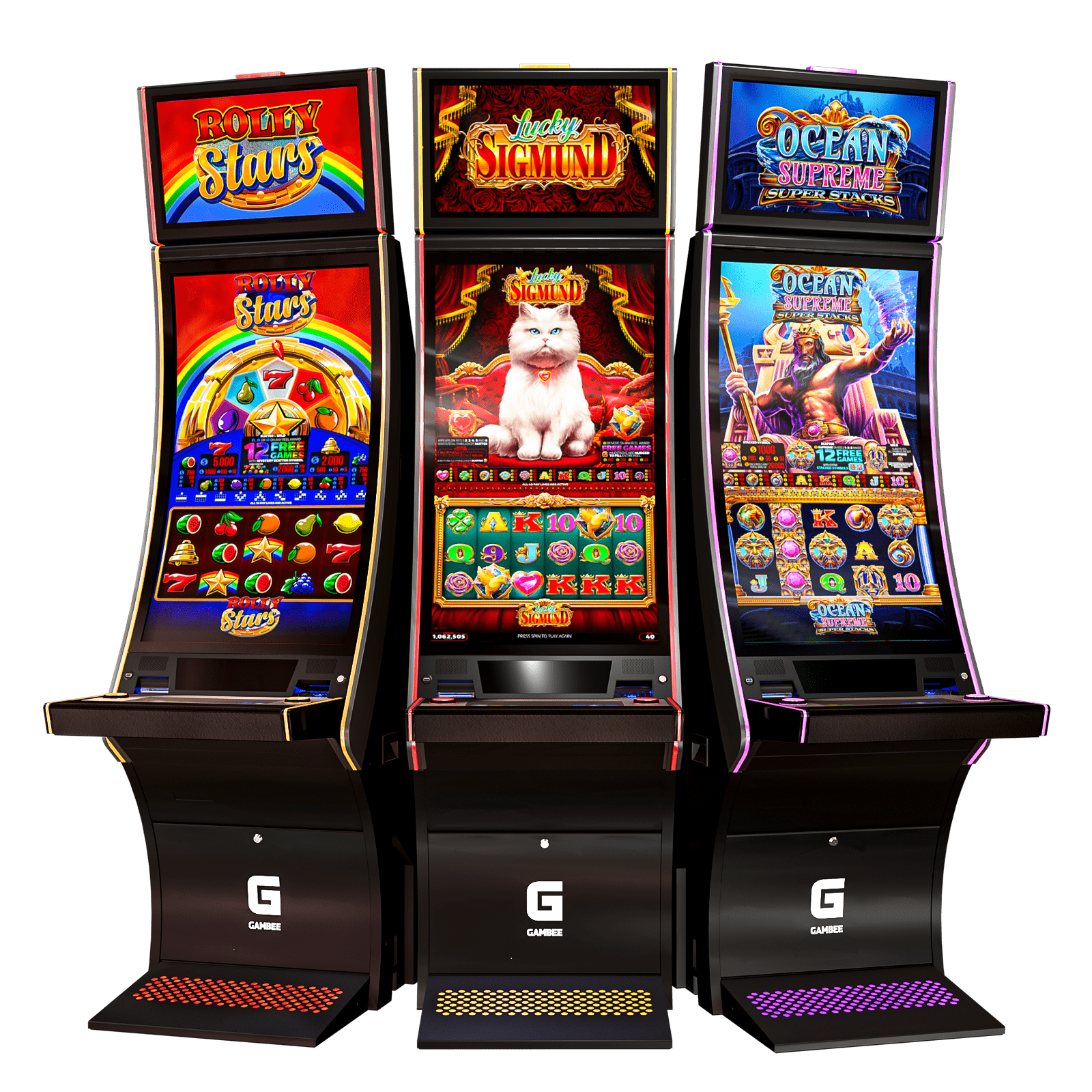
A slot is a position within a group, series, or sequence. The word is also used to refer to a place or time that is set aside for a particular purpose. For example, an airline or airport may reserve specific slots for particular types of aircraft. Likewise, the term can refer to a designated place in an editorial calendar or newspaper layout.
In football, the slot receiver is a critical position. It is closest to the center of the field and is therefore a good spot for running plays to take advantage of. Slot receivers can also be important blockers for the ball carrier, helping to keep them on track and in the right direction during runs. In addition, slot receivers can help to confuse the defense by running routes that coordinate with other teammates.
The pay table of a slot game is an essential piece of information for players to have on hand when playing the game. It will provide all of the necessary rules and guidelines for the machine, including how to play, the RTP, and what bonus features are available. The pay table can sometimes be displayed directly on the screen of the slot, or it may be found in a separate section of the game’s Help menu.
Slot definition
In computing, a slot is a container that waits for content (passive) or calls out for it (active). The content that a slot contains can be dictated by either a scenario using the Add Items to Slot action or a targeter using the Set Items in Slot targeter. The contents of a slot are then rendered by the renderer.
Slots are an important element of offer management in ATG, providing a flexible way to deliver offers to customers and prospects. Slots allow the system to manage complex scenarios involving different products, prices and promotions. Several slots are provided for each scenario in ATG to allow the application of different settings at different times in the process.
A slot is a position that is reserved for a particular type of symbol or combination of symbols on the reels of a slot machine. As the number of possible combinations increased with the advent of electromechanical slots, manufacturers began to weight particular symbols more heavily than others. This caused the odds of losing symbols to appear on a given payline to become disproportionate to their frequency on the physical reels. Ultimately, this led to the development of electronic slot machines that used programming to determine how many combinations were possible. The result was more frequent wins and a much larger jackpot size. In the 1980s, slot technology was further advanced to allow a single symbol to appear on multiple stops on a multiple-reel display. This allowed for additional jackpots and a more diverse set of potential outcomes.
